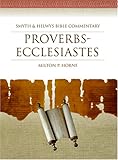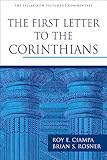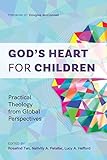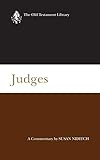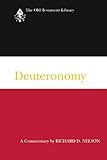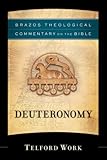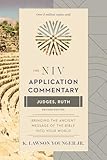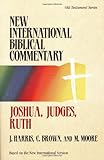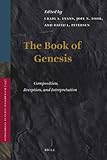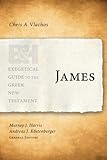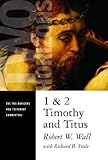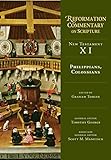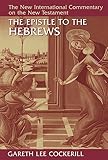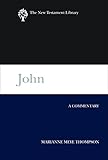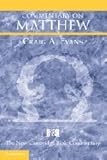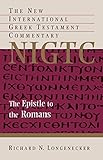The Emergence Of Ancient Israel: A Model Of Coherence Between Archaeology And The Bible
Culbertson, Jerry Keith
The Emergence Of Ancient Israel: A Model Of Coherence Between Archaeology And The Bible - Johannesburg, South Africa South African Theological Seminary 2019 - 257 pages PDF A4 Abstract, TOC
The question of the origin of Israel in the Land of Canaan has been debated and re-debated for at least a hundred years. The initial model (the Conquest Model) set forth by WF Albright in the 1920s dominated the biblical and archaeology scene until the 1960s. With the diminishing influence of Albright’s model, two others were proffered: (1) The Peaceful Infiltration Model by A Alt and M North, and (2) The Peasant Revolt Model proposed by G Mendenhall and N Gottwald. Others would follow: The Symbiosis Hypothesis championed by V Fritz and I Finkelstein and the Auto-Ethnogenesis Model set forth by S Bunimovitz and Z Lederman. As the debate heated and cooled over the years, the archaeological world came to the conclusion that archaeology had received the short-end of the stick—that is, the biblical texts (the Bible) had set the agenda and determined the interpretation of the material culture unearthed. To this end, the pendulum had not only swung in the direction of the pre-eminence of archaeology over the Bible, the effect of the swinging pendulum was to sever the Bible from the discussion almost entirely. Archaeologists who still give the Bible some credence do so with major disclaimers attached to their comments, most often noting that the stories or events were not true or historical, but did contain some memories or some kernel of truth in regard to the way the people remembered, or wanted to remember, Israel’s emergence in Canaan. This dissertation focuses on presenting archaeology and the Bible as separate yet important players in the discussion of the emergence of Israel in Canaan. It seeks to present a model (an Eclectic Model) in which the material data of archaeology and the biblical texts cohere, in that there are so many instances of convergence that it is not an either/ or, but both. This work demonstrates a model of coherence between archaeology and the Bible.
The Emergence Of Ancient Israel: A Model Of Coherence Between Archaeology And The Bible - Johannesburg, South Africa South African Theological Seminary 2019 - 257 pages PDF A4 Abstract, TOC
The question of the origin of Israel in the Land of Canaan has been debated and re-debated for at least a hundred years. The initial model (the Conquest Model) set forth by WF Albright in the 1920s dominated the biblical and archaeology scene until the 1960s. With the diminishing influence of Albright’s model, two others were proffered: (1) The Peaceful Infiltration Model by A Alt and M North, and (2) The Peasant Revolt Model proposed by G Mendenhall and N Gottwald. Others would follow: The Symbiosis Hypothesis championed by V Fritz and I Finkelstein and the Auto-Ethnogenesis Model set forth by S Bunimovitz and Z Lederman. As the debate heated and cooled over the years, the archaeological world came to the conclusion that archaeology had received the short-end of the stick—that is, the biblical texts (the Bible) had set the agenda and determined the interpretation of the material culture unearthed. To this end, the pendulum had not only swung in the direction of the pre-eminence of archaeology over the Bible, the effect of the swinging pendulum was to sever the Bible from the discussion almost entirely. Archaeologists who still give the Bible some credence do so with major disclaimers attached to their comments, most often noting that the stories or events were not true or historical, but did contain some memories or some kernel of truth in regard to the way the people remembered, or wanted to remember, Israel’s emergence in Canaan. This dissertation focuses on presenting archaeology and the Bible as separate yet important players in the discussion of the emergence of Israel in Canaan. It seeks to present a model (an Eclectic Model) in which the material data of archaeology and the biblical texts cohere, in that there are so many instances of convergence that it is not an either/ or, but both. This work demonstrates a model of coherence between archaeology and the Bible.

